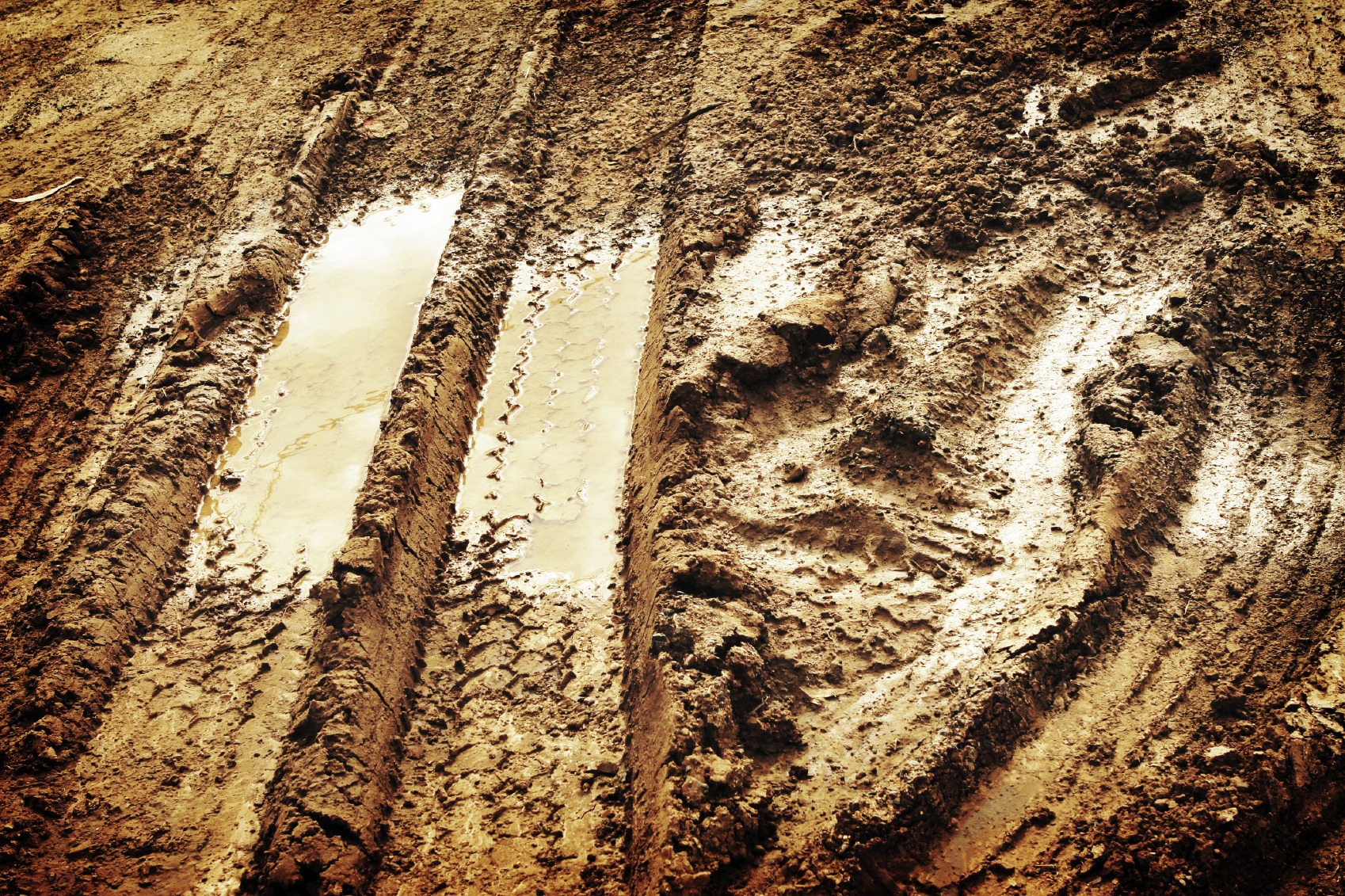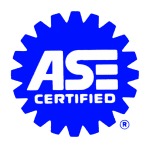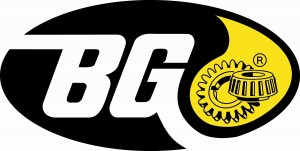Brakes are the most important safety feature on your car. When they work properly your car stops smoothly, quietly and without pulling your vehicle to the right or left. In emergencies, they stop quickly without locking up, skidding and sending your vehicle out of control.
Here are some typical problems with brakes.
Noise
Brake noise varies from a low groan at slow speeds (0-2 mph), to squeaks or squeals, to a rattle or grinding sound. A low speed groan on disc brakes suggests metal to metal contact or “glazed” brake pads and contact surfaces. A high pitched squeal at driving speeds means brake pad vibration. This can be a dirt contamination problem or a worn braking surface. A rattling noise indicates loose brake parts. Normally this is caused by worn springs or bolts in the brake assembly. A grinding noise when braking means metal to metal contact. Either brake pads are worn out or are not properly aligned.
In drum brake applications (the rear brakes on some modern cars and most light trucks) noise can be caused by worn brake shoes, dust in brake drums, excessive heat, glazed friction surfaces, broken return springs or leaking brake fluid.
If your brakes are noisy it is time to visit your auto repair shop.
Wear
Some brake components are designed to wear out. Others are designed to last for thousands of miles and many years. All need periodic inspection and service.
Every time you apply your brakes a small amount of friction material rubs off. This is the visible “dust” that accumulates on our wheels. Black dust comes from semi-metallic brake pads. Tan dust comes from ceramic pads. Rust colored dust is oxidized steel from brake parts. Eventually these pads need to be replaced. Brake pads are designed to wear out.
The typical driver can expect brake pads to last two years or about 25,000 miles. What you get depends on the type of brake pad installed, your driving habits and how often and how hard you use your brakes.
Brake rotors are also wear items. Typically rotors will last six years, 75,000 miles or about three times as long as brake pads. Rotor life is normally inspected when brake pads are replaced. A worn rotor will be smoothed (i.e. “turned”) or replaced with the brake pads at an additional cost.
Rotors rarely fail, but they can become warped from excessive heat. A warped front rotor will cause a vibration in your steering wheel when braking. A warped rear rotor can cause the whole vehicle to shake. Rotors can also develop hard spots which will cause your brake pedal to pulsate sharply when applying the brakes.
Failures
Brake failures can be caused by excessive wear, defective or poor quality brake materials, brake contamination, broken pads, broken springs or other parts, old or contaminated brake fluid, hydraulic fluid leaks, loss of brake fluid, worn seals and air in the hydraulic system.
A soft brake pedal, a pedal going to the floor, uneven braking or a brake system warning light on the dash are causes for immediate concern.
Don’t Gamble With Your Brakes
If you value your life and those you love, don’t cut corners when it comes to brakes. Have your brakes inspected regularly by a qualified auto repair shop. Don’t buy the cheap brakes advertised by “loss leader” brake shops. Purchase brakes only from someone you trust.
There are quality brake parts available out there. There is also a lot of junk. Unless you are a mechanic, or take the time to do the research, you need a trusted mechanic to show you the difference.
Then you need a qualified installer. Brake repair is not rocket science, but it is complicated enough for the auto repair industry to issue brake technician certifications. These certificates require training, testing and verifiable experience. Ask to see the ASE Brake Certification for the technician who will be working on your car.
A Final Word About Brakes
Brakes are designed to slow and stop the rotation of your vehicle’s wheels. Stopping your car requires wheels maintain contact with the ground. For optimal stopping power, your tires, shock absorbers and other suspension components must work together and be in good condition.
Worn tires increase stopping distance particularly on wet roads. Worn shocks cannot minimize weight transfer to front wheels and may allow wheels to bounce across road surfaces. Other worn suspension components can compromise handling and control of the vehicle.
Cars equipped with anti-lock braking systems (ABS) employ specialized sensors, hydraulic valves and pumps controlled by a computer.
All of the above should be checked as a part of a routine braking safety inspection.









